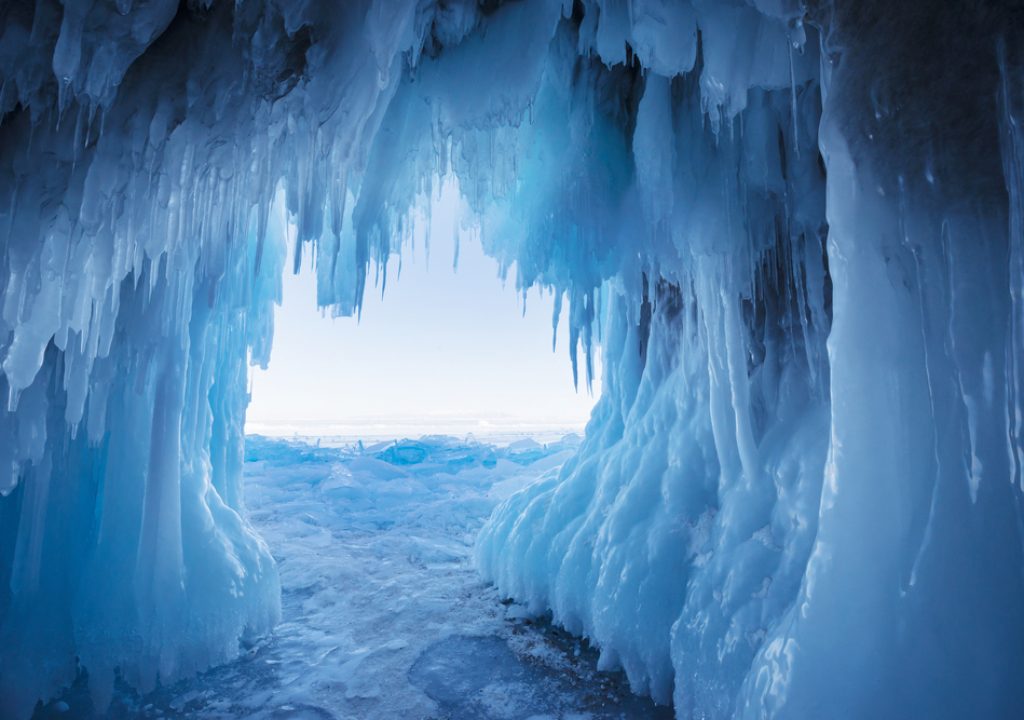Editor’s Note: “28 Weeks of Post Audio” originally ran over the course of 28 weeks starting in November of 2016. Given the renewed focus on the importance of audio for productions of all types, PVC has decided to republish it as a daily series this month along with a new entry from Woody at the end. You can check out the entire series here, and also use the #MixingMondays hashtag to send us feedback about some brand new audio content.
Audio atmospheres are a powerful and subliminal way to indicate many aspects of a particular scene with sound. In the convention of filmmaking (and our lives) we know that if we hear crickets chirping it’s nighttime. We don’t need a close-up of a cricket to understand that. The same is true with birds and their use in soundtracks, if we hear chirping – it’s typically daytime.
A sunrise shot that is fading in may focus on the location and perhaps the changing colors in the sky, and in audio we may hear the birds as they celebrate the coming day. These are not mere conventions of filmmaking however. It is the way we experience sound in our lives. Although we may not “hear” the birds, or cars, or leaves in the trees, they are there during any typical day. Humans filter many sounds to better focus on the current task at hand. A designed soundtrack however would feel empty without these environmental or man induced sounds.
These two examples – birds and crickets not only help shape when we are, indicating time of day, but they also indicate where we are – the country, the city, the ocean, or perhaps a spaceship. Sound is constantly used as a reference point to help tell very important and specific times and locations of the story.
Big cities usually have a cacophony of sounds. For instance, if there is a wide angle long shot of a large city and it’s eerily quiet, the lack of sound is jarring and immediately sets the stage for a coming scene that will explain where everything and everyone has gone. Audiences intuitively know that a large city makes a lot of different noises. If the only sound in this empty city is an occasional gust of wind, we anticipate that something devastating has taken place.
When cutting for backgrounds it’s a good idea to think about sounds in layers instead of finding a single sound effect to cover the whole scene. With the breadth of amazing sound libraries out there, very specific backgrounds can be found. And certainly, properly EQ’d and blended they might just do the trick. However, scenes change and background sounds are constantly in motion, so layers can provide a better bed for mixing.
Let’s create an example for a point of reference. It is an outdoor scene in a rural setting. There is a road off in the distance that can be seen, lots of tall grass and some free roaming animals. It is daytime and it is hot outside with the sun blazing high in the sky. A sparse bird track from the proper region of the world would be a good place to start. Some editors may take a single, simple, one-minute background and copy and paste it over and over throughout the scene. While this may work fine, it might have a distinctive crow call or other sound that repeats every minute and eventually becomes a distracting, rhythmic sound source from the scene. Nature is typically much more random. Atmospheres are meant to enhance the scene and not distract from it.
One approach to this example scene would likely involve more than just the birds. It would be fine to start with a layer of birds. Add to that a layer of wind in the tall grass. Add to that a layer of cars and trucks occasionally driving in the distance. Perhaps add a farmyard background that has insect sounds, occasional cows or goats or perhaps an occasional dog bark.
This use of layering offers the mixer a lot of opportunities for variations in the soundscape. Since each element is individual, now the opportunity exists to match the action onscreen. Bring up the tall grass if that is favored in the shot, or do the same with the passing cars, mixing them up and down. This is not meant as a replacement for hard effects of specific things happening on camera. This is about backgrounds. Of course, if there are numerous things happening in the scene as well, like a cow wanders in who is also mooing and has a bell attached to its neck, then those things might be covered specifically as hard sound effects, outside of the backgrounds.
By setting tracks up in this manner, then cutting the desired backgrounds to the appropriate track, in a very general sense, the proper spread of sounds has started. This is only a starting point of course, to be changed for each individual scene and each individual moment as the mix and sound edit grows.
Be creative in your choice of atmospheres since they ground the scene in its filmic reality. Their use not only defines the space and time of a scene but can offer more to the story in juxtaposed situations like the prior described eerily silent town. We know that imagined city should be loud and bustling with atmosphere. In this case the absence of sound helps tell the story. Be creative in your atmosphere layers as you edit and you’ll be more creative in the final mixing of those BGs. BGs help tell time and place.
This series, 28 Weeks of Audio, is dedicated to discussing various aspects of post production audio using the hashtag #MixingMondays. You can check out the entire series here.
Woody Woodhall is a supervising sound editor and rerecording mixer and a Founder of Los Angeles Post Production Group. You can follow him on twitter at @Woody_Woodhall

